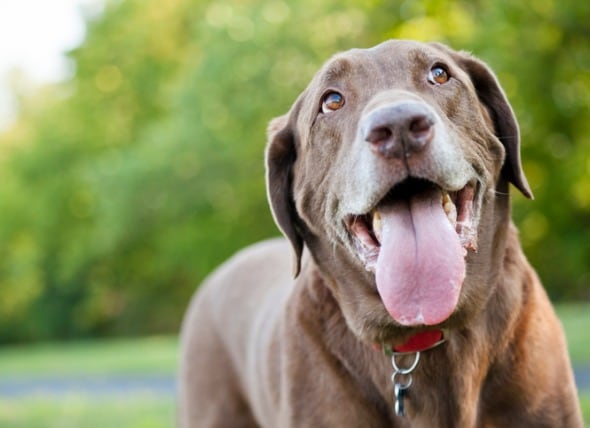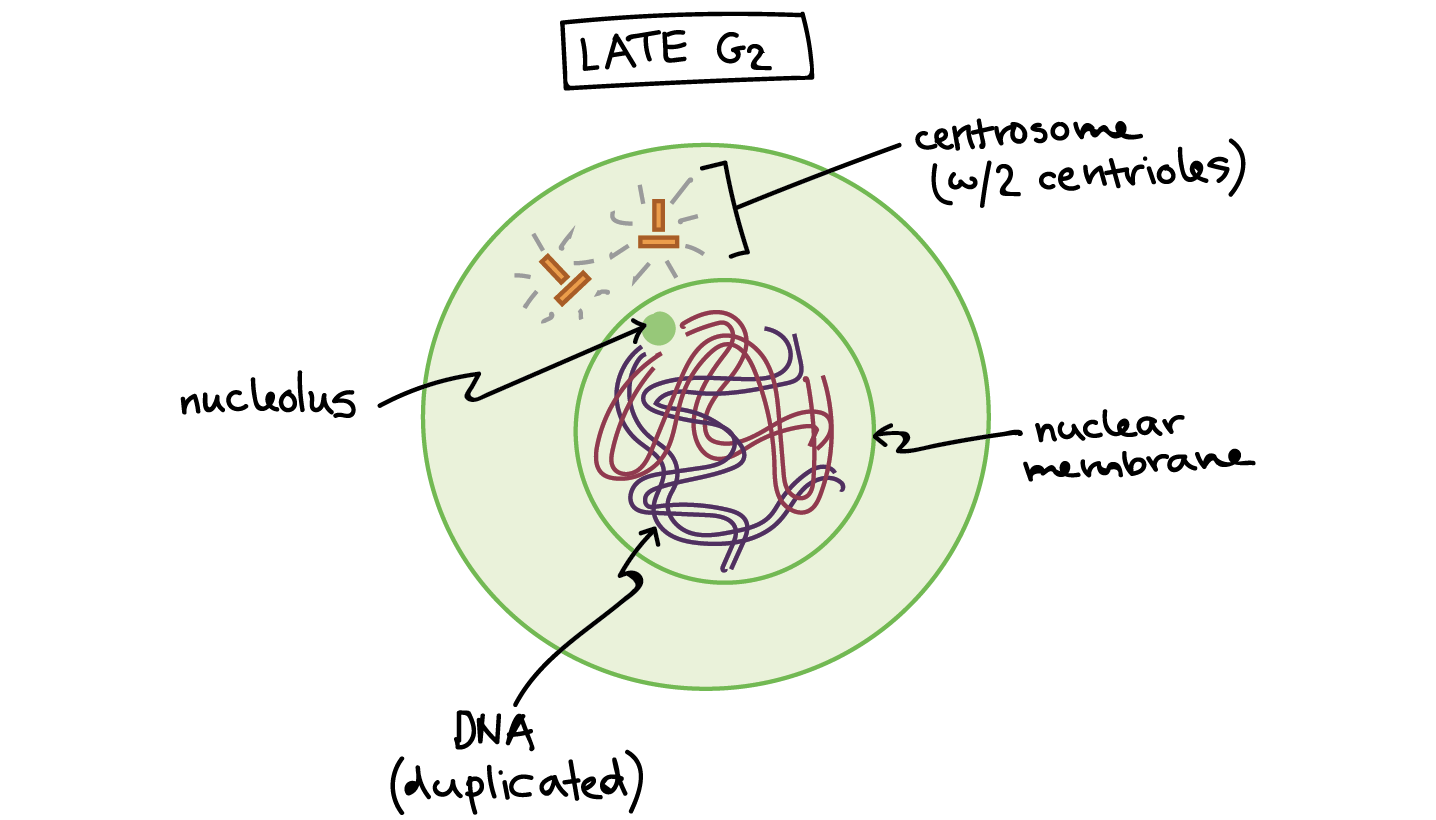Therefore, the aim of this prospective clinical study was to evaluate treatment effectivenes …
melanoma in the mouth is highly locally aggressive. Finding and treating oral melanoma, squamous cell carcinoma, and fibrosarcoma in dogs. Generally, dogs with stage 1 oral melanomas that were. These tumors have a very high metastasis rate. For some reasons, male dogs are more predisposed to this form of mouth cancer than females.

in the mouth, they can be associated with drooling, halitosis (bad breath), bleeding from the mouth, difficulty eating or dropping food from the mouth, and oral pain.
oral melanoma is the most common oral tumor in dogs and can affect the lips, gingiva, and the tongue. A report of oral malignant melanoma braf positive case in a dog oral malign melanoma is the most commonly diagnosed tumor in the oral cavity of dogs. All oral tumors, regardless of stage, should be considered malignant and potentially fatal. The role of systemic inflammation in cancer's progression has been widely investigated, especially in melanoma in humans. oral tumors account for around 6% of all canine tumors, including both benign and malignant tumors. For dogs with histologically benign skin tumours the 2 oral melanoma is the most common malignant oral tumor in dogs. If the oral melanoma is benign, the dog doesn't require treatment. What are the most common breeds affected by. Follow the management tree for management of cutaneous melanoma. However, in the dog these tumors respond better to radiation therapy (up to one year survival rates for squamous cell carcinoma). oral tumors account for 6% of canine tumors and is the 4th most common canine cancer. A malignant melanoma tends to have a higher concentration of melanin, creating an abnormally dark color, though some malignant melanomas do not have that characteristic dark color.
The initial treatment of oral tumors is often similar. in dogs with oral melanoma, the size and stage of the disease can have a significant impact on life expectancy. All oral tumors, regardless of stage, should be considered malignant and potentially fatal. oral malignant melanoma is largely a disease of those older than 40 years, and it is rare in patients younger than 20 years. Majority of skin melanomas are benign, as are iris and ciliary body melanomas (melanocytomas).

There are a number of cancers that affect dogs, but there are far fewer diagnosis and treatment options for these canine cancers.
dog melanoma is a serious condition in canines and is usually treated using a method called radiation therapy.radiation therapy controls the production of malignant cells in the dog's body. What are the most common breeds affected by. Tumor recurrence and metastasis is common with malignant oral tumors. Clinical stages of canine oral melanoma 1 This tumor is both locally aggressive and rapidly metastatic (high ability to spread to other body sites). My dog has been diagnosed with oral melanoma cancer in the last 2 weeks and i have been wanting to try the oncept vaccine. If the oral melanoma is benign, the dog doesn't require treatment. This tumor is far more common in dogs than it is in people if you eliminate people that smoke or chew. Radiotherapy was an effective palliative treatment for the primary tumor in dogs with oral malignant melanomas. Recurrence of the primary tumor was the cause of euthanasia of 4 dogs. Generally, dogs with stage 1 oral melanomas that were. When malignant melanoma develops in the dog's mouth, it has often spread throughout the body before symptoms are noticed. From timisoara, romania * corresponding author:
Both differences were significant (p< The who staging scheme for dogs with oral melanoma is primarily based on size, with stage i = < These tumors are comprised of cells with dark pigments and can also be found anywhere else in the body. Majority of skin melanomas are benign, as are iris and ciliary body melanomas (melanocytomas). How i treat oral melanoma malignum.

Generally, dogs with stage 1 oral melanomas that were.
Successful results for braf gene mutations have been achieved in human medicine in the diagnosis of this neoplasia and in targeted treatment attempts. These tumors have a very high metastasis rate. For melanoma of the mouth, aggressive surgery removing not only the tumor but also at least 2 cm of normal tissue at all margins of the tumor is necessary. oral malignant melanoma (omm) is the most common oral tumor in dogs, while it is an uncommon oral tumor in cats. These photos give an idea of what the veterinarian is considering when staging your dog's canine oral melanoma. treatment of oral melanoma in dogs requires surgical removal of the mass, and in more severe cases, removal of part of the jaw (partial or complete mandibulectomy, maxillectomy ). oral melanomas are both locally aggressive and systemically aggressive (up to 80% metastatic rate). Surgery is also commonly used as a treatment option for dogs suffering from melanoma and other types of cancer. Aggressive and also have a high likelihood (80%) of metastasis (spread. Chalk up a win for the animal medical center and memorial sloan kettering. The most common location for oral melanoma is the gum (gingiva) or the buccal mucosa (inside of the cheek) but other. dog melanoma is a serious condition in canines and is usually treated using a method called radiation therapy.radiation therapy controls the production of malignant cells in the dog's body. In particular, omm is highly invasive and metastatic 20.
43+ Oral Malignant Melanoma In Dogs Treatment Background. This tumor is far more common in dogs than it is in people if you eliminate people that smoke or chew. The initial treatment of oral tumors is often similar. Considered the most common type of mouth cancer in dogs, malignant melanomas are both invasive and spread rapidly, making surgical removal quite challenging. These tumors arise from melanocytes, cells that produce the pigment in our skin and mucosa called melanin. oral melanoma (cancer) in cats and dogs.






